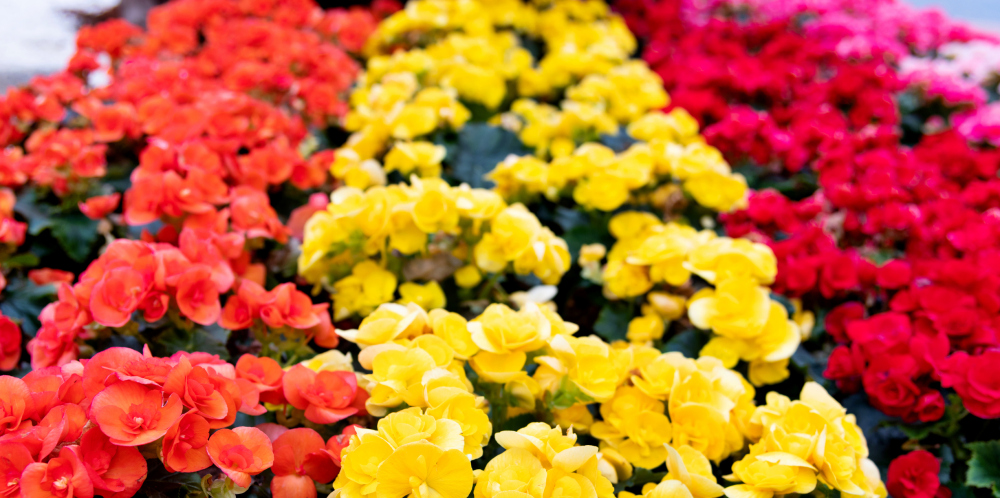
Rieger Begonias, also known as Elatior Begonias, are a stunning hybrid variety loved for their vibrant, rose-like blooms and lush green foliage. These beauties are often grown as indoor plants or seasonal outdoor accents, bringing bursts of color to any space. With the right care, you can enjoy their blooms for weeks or even months. Let’s dive into everything you need to know about keeping your Rieger Begonias healthy and happy.
Rieger Begonias thrive in bright, indirect light. A spot near an east- or west-facing window is ideal, where they can soak up gentle morning or evening sun without getting scorched by harsh midday rays. Too much direct sunlight can burn its leaves and flowers, while too little light may cause leggy growth and fewer blooms. If natural light is limited, a grow light can help supplement their needs.
Proper watering is crucial to prevent root rot and keep your plant thriving. Water your Rieger Begonia when the top inch of soil feels dry. Be sure to water it thoroughly, allowing excess water to drain from the pot. Avoid letting your plant sit in standing water, as this can quickly lead to root issues. In cooler months, when the plant’s growth slows down, reduce watering slightly.
Rieger Begonias prefer a light, well-draining soil mix. A blend of potting soil with added perlite or peat moss works well, providing both moisture retention and good aeration. Ensure your pot has drainage holes to prevent soggy roots, which can cause fungal problems.
Being a hybrid of tuberous and wax begonias, Rieger Begonias prefer moderate temperatures. Keep them in a range of 60–75°F (15–24°C) for optimal growth. They dislike extreme heat and cold, so avoid placing them near heaters, air conditioners, or drafty windows. These plants also enjoy moderate humidity — around 50% is ideal. If the air in your home is dry, consider placing a humidifier nearby or using a pebble tray with water.
To keep those beautiful blooms coming, feed your Rieger Begonia with a balanced, water-soluble fertilizer (10-10-10 or similar) every two to four weeks during the growing season. Reduce feeding in fall and winter when the plant naturally slows down. Be cautious not to over-fertilize, as too many nutrients can cause leggy growth and fewer flowers.
Regular pruning helps maintain a bushy, compact shape. Pinch back any leggy stems to encourage fuller growth. Additionally, remove spent blooms (deadheading) to promote continuous flowering. If you notice any yellowing or damaged leaves, trim them away to keep the plant looking its best.
Rieger Begonias, like many begonias, are considered toxic to pets if ingested. Their stems and leaves contain insoluble oxalates, which can cause mouth irritation, vomiting, and drooling in cats and dogs. Keep your plant out of reach of curious pets to ensure their safety.